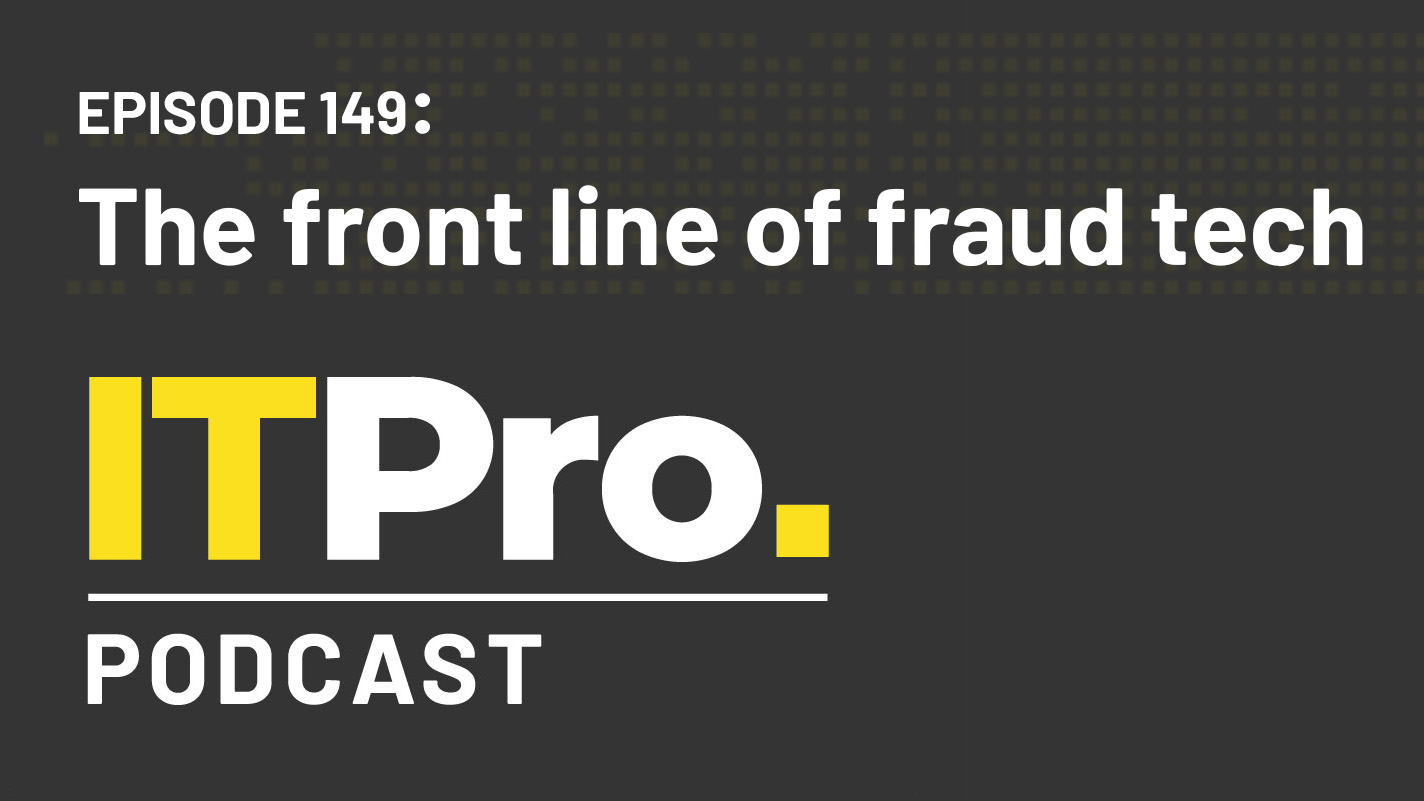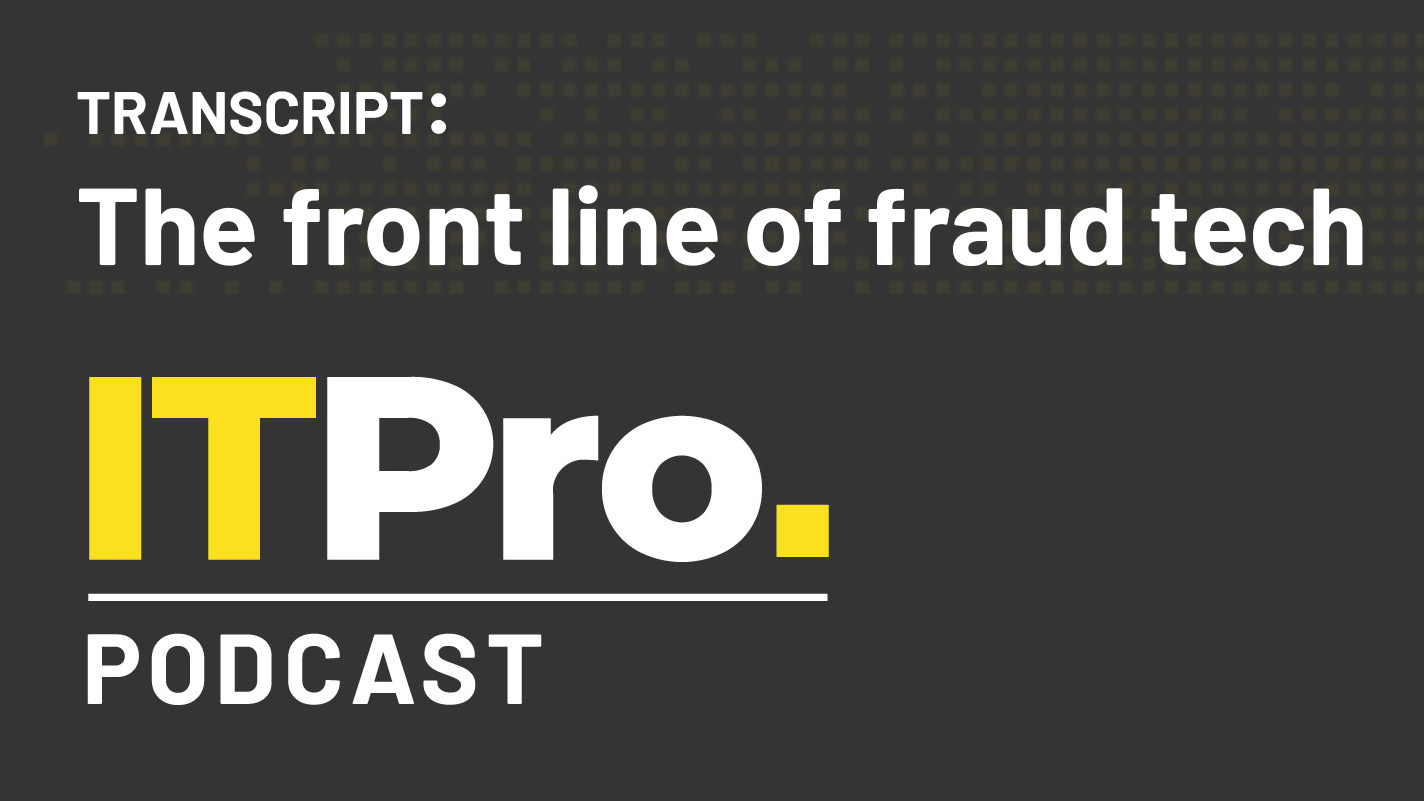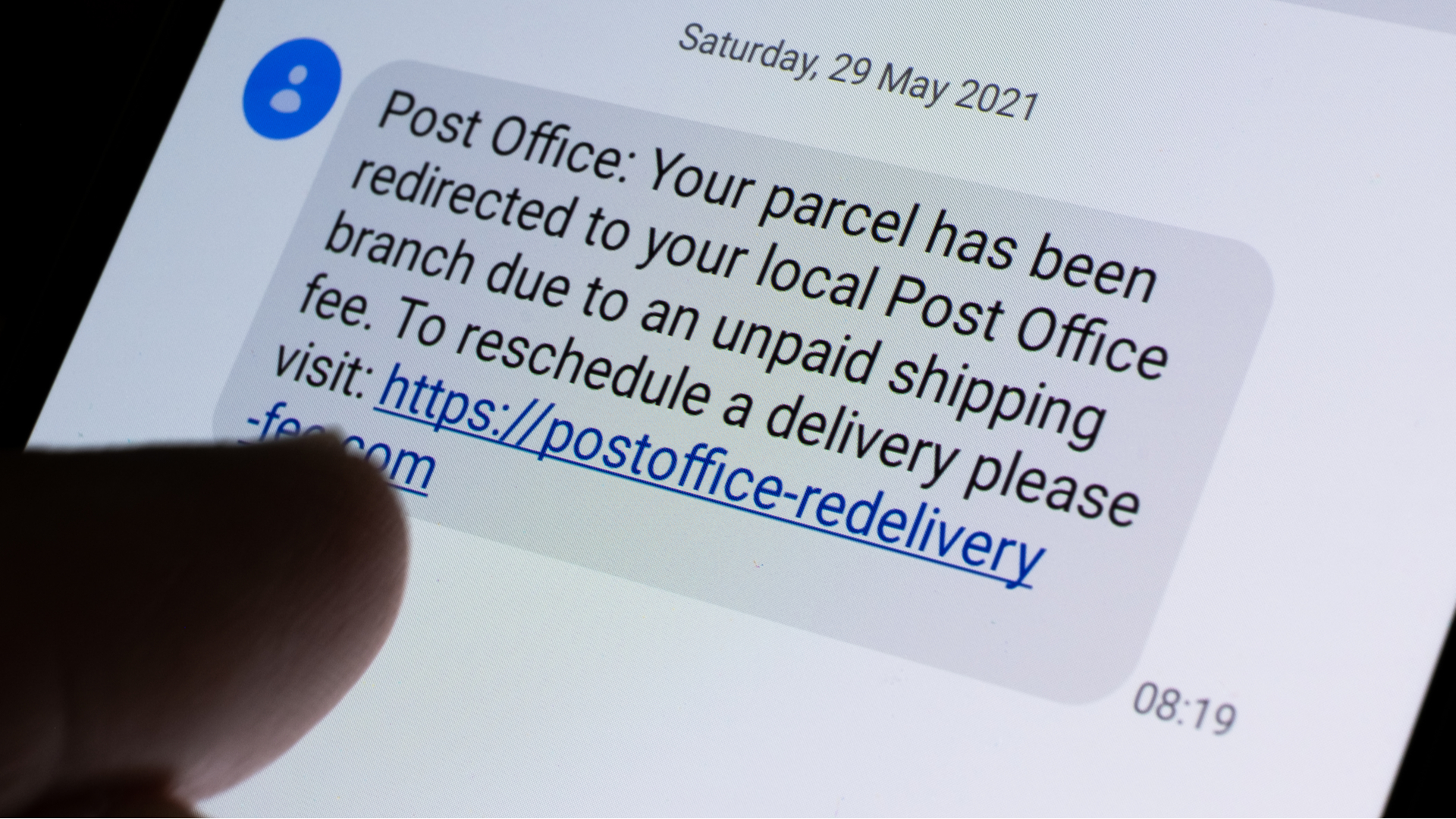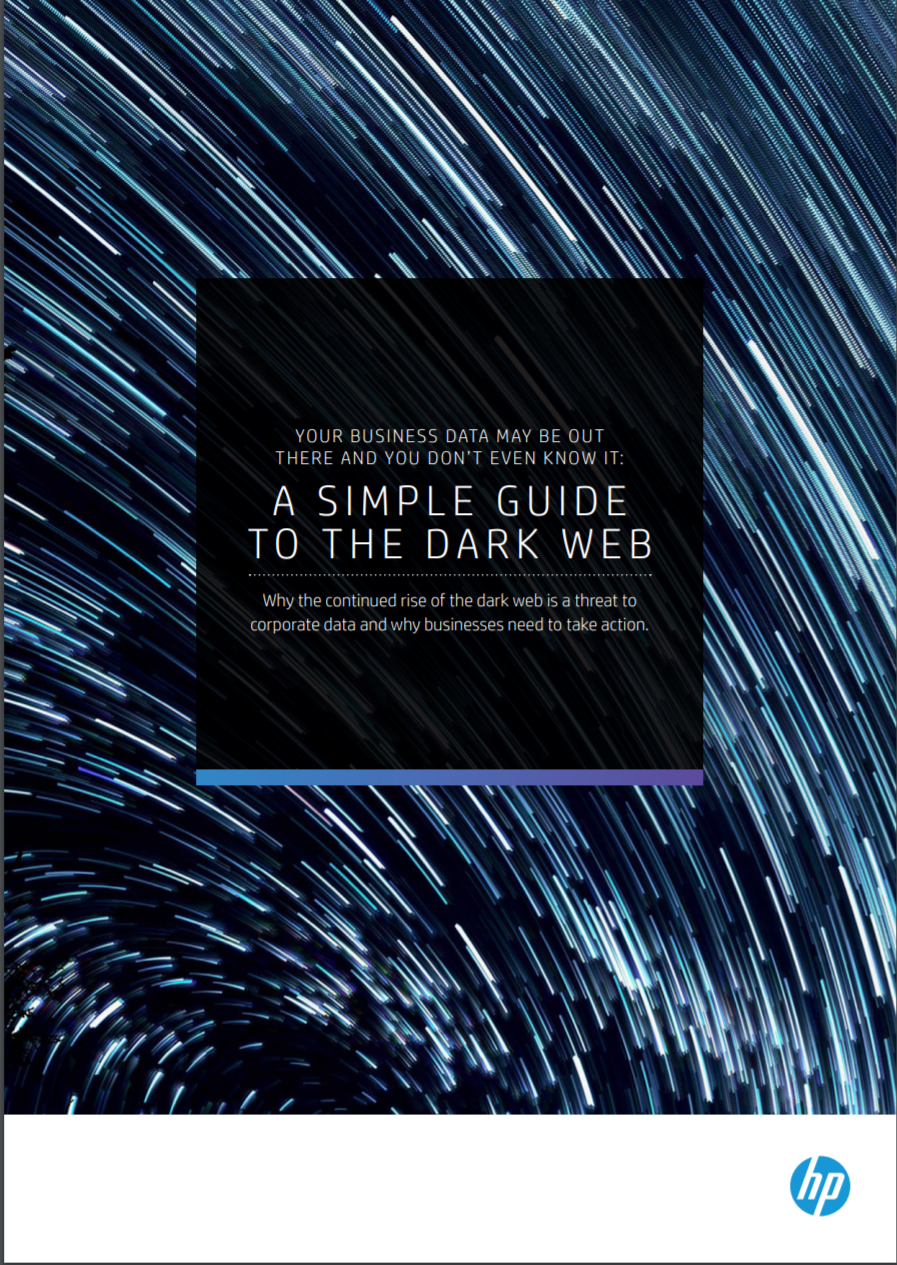Study recovers over 10,000 stolen bank details
A seven-month study on malware and criminal keylogging malware allows researchers to get hold of data worth millions.

Researchers recovered over 10,700 stolen online bank account credentials and 149,000 stolen emails during a seven-month study on the underground economy'.
The study by the University of Mannheim also finished with researchers harvesting 33GB of keylogger data, resulting in information about stolen credentials from more than 173,000 compromised machines.
Researchers managed to collect this data from dropzones', a public writable directory on a server residing on the web acting as an exchange point for keylogger data.
Malware running on compromised machines would send all credentials to the dropzone, where an attacker could pick them up and use them.
Researchers Thorsten Holz, Markus Engelberth and Felix Freiling said that the data was worth potentially millions of dollars on the underground market, and that cybercrime was profitable enough to earn attackers hundreds of pounds per day.
They said in the report: "The result of this study is that internet-based crime is now largely profit driven and that the nature of this activity has expanded and evolved. Digital and classical crime are merging."
The two keyloggers the researchers analysed were Limbo and Zeus with the researchers observing some 164,000 infections stemming from the former.
Get the ITPro daily newsletter
Sign up today and you will receive a free copy of our Future Focus 2025 report - the leading guidance on AI, cybersecurity and other IT challenges as per 700+ senior executives
Stolen data included that from banking websites and credit cards, as well as social networks, email passwords and online trading platforms. Statistics showed that 12 per cent of the data was traced back to the UK.
However, the analysis method used in the report was not restricted to keylogger-based attacks.
The researchers said: "It can be applied to all attacks in which an attacker steals authentication credentials of a victim after some form of contact. We call these types of attacks impersonation attacks.
"This class covers a range of real-world attacks including many different forms of phishing, certain forms of sending spam, or online fraud based on identity theft."
The study is available here.
-
 Cleo attack victim list grows as Hertz confirms customer data stolen
Cleo attack victim list grows as Hertz confirms customer data stolenNews Hertz has confirmed it suffered a data breach as a result of the Cleo zero-day vulnerability in late 2024, with the car rental giant warning that customer data was stolen.
By Ross Kelly
-
 Lateral moves in tech: Why leaders should support employee mobility
Lateral moves in tech: Why leaders should support employee mobilityIn-depth Encouraging staff to switch roles can have long-term benefits for skills in the tech sector
By Keri Allan
-
 The IT Pro Podcast: The front line of fraud tech
The IT Pro Podcast: The front line of fraud techIT Pro Podcast With tools such as deepfakes, the future of fraud tech relies on cutting edge AI as much as good security practice
By IT Pro
-
 Podcast transcript: The front line of fraud tech
Podcast transcript: The front line of fraud techIT Pro Podcast Read the full transcript for this episode of the IT Pro Podcast
By IT Pro
-
 LAPSUS$ breached T-Mobile systems, stole source code
LAPSUS$ breached T-Mobile systems, stole source codeNews T-Mobile has denied that the hackers obtained customer or government information
By Sabina Weston
-
 Exclusive: Former Shiseido staff say company was aware of data breach weeks before official notice
Exclusive: Former Shiseido staff say company was aware of data breach weeks before official noticeNews Fake companies were created using the stolen identities of hundreds of Shiseido employees, former staff claim
By Sabina Weston
-
 What is smishing?
What is smishing?In-depth A closer look at one of the most perilous forms of phishing
By Praharsha Anand
-
 SentiLink raises $70 million for its identity verification platform
SentiLink raises $70 million for its identity verification platformNews SentiLink’s ID Theft Score helps businesses combat synthetic fraud
By Praharsha Anand
-
 More than half of businesses saw rising fraud levels this year
More than half of businesses saw rising fraud levels this yearNews Each individual identity fraud attempt could cost an organisation between £1,000 and £4,999 on average
By Sabina Weston
-
 A simple guide to the dark web
A simple guide to the dark webWhitepapers Why the continued rise of the dark web is a threat to corporate data and why businesses need to take action
By ITPro